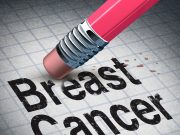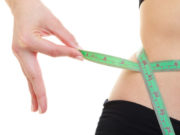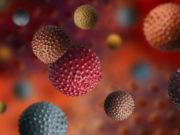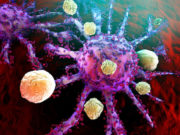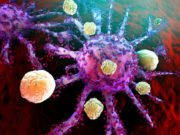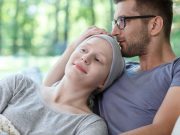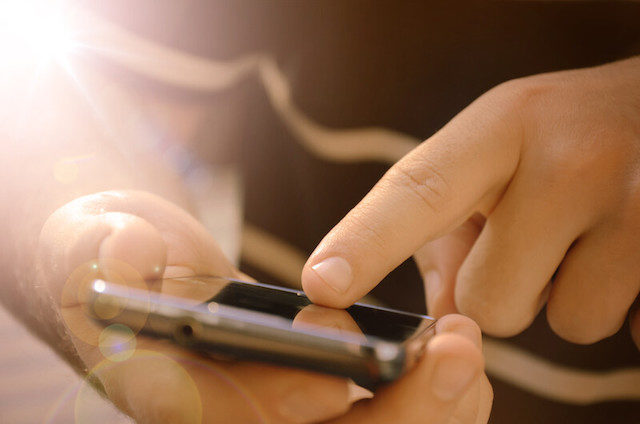 Many of us are exposed to UV rays from the sun during the summer which puts us at risk for developing skin cancer. More people are diagnosed with skin cancer each year than any other cancer. Early detection of skin cancer is key in whether or not it can be treated.
Many of us are exposed to UV rays from the sun during the summer which puts us at risk for developing skin cancer. More people are diagnosed with skin cancer each year than any other cancer. Early detection of skin cancer is key in whether or not it can be treated.
A New Way to Detect Skin Cancer
There are now smartphone apps that allow users to perform skin cancer self exams. You can take photos of irregular moles or bumps and keep track of them or send them directly to a dermatologist. These are never a replacement for being examined by a doctor, though.
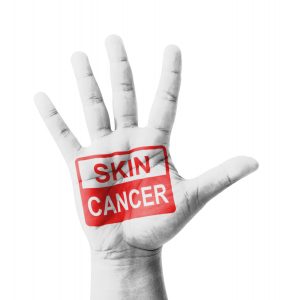 Every year, 4,200,000 people get a skin cancer diagnosis. Four million are nonmelanoma (basal and squamous cell) and 200,000 are melanoma. Nonmelanomas develop on the outside of the skin. While they are more common, they are fortunately less dangerous. Melanoma, however, is much more dangerous. It kills 10,000 people every year, usually because it was not detected early enough to treat.
Every year, 4,200,000 people get a skin cancer diagnosis. Four million are nonmelanoma (basal and squamous cell) and 200,000 are melanoma. Nonmelanomas develop on the outside of the skin. While they are more common, they are fortunately less dangerous. Melanoma, however, is much more dangerous. It kills 10,000 people every year, usually because it was not detected early enough to treat.
All skin cancers have similar symptoms. These include moles that change, new skin growths, skin itchiness or tenderness, and a change in color of skin outside of a mole. A variety of things can cause skin cancer, including genetics. But the clearest factor is UV exposure from the sun.
Telemedicine is advancing in many fields, and skin cancer is included in that. Many of the new apps have artificial intelligence that help identify skin cancer. Others send photos to a dermatologist, and others simply remind you to schedule a doctor’s appointment. Here are a few examples.
Miiskin
Miiskin takes very clear photos of moles on your skin and stores them chronologically. This allows you to track your moles over a period of time to see if they are changing, which can be a symptom of skin cancer. This is a form of “digital dermoscopy,” which is a technique used by dermatologists. The developers say anyone with ios 10 or Android 4.4 can download and use the app.
UMSkinCheck
This app was developed at the University of Michigan. It is very comprehensive; you can do a full body skin cancer exam and track your history of moles and growths. It is a very instructive and easy-to-use app that guides you through the process with written instructions and pictures. It also sends reminders to schedule doctor exams.
MoleScope
This app is similar to Miiskin in that it takes high definition pictures of worrisome moles or growths. It then evaluates if the person should go to a dermatologist to get their skin checked. The difference is that this app uses a camera that attaches to your phone and then sends them to a dermatologist.
It classifies the moles using the “ABCD” method used by actual dermatologists. ABCD stands for Asymmetry, when the two halves of the mole don’t match; Border, when the edges are bumpy; Color, when the shades are odd or uneven; and Diameter, which is just a change in size. The app then finds what your risk of developing skin cancer is.
SkinVision
This app analyzes photos of your skin and claims to be able to detect melanoma early. It analyzes very small portions of your skin and gives you a risk assessment for that area in less than a minute after taking the picture.
SkinVision is unique in that it has the support of many dermatologists. However, Dr. Daniel Friedmann says it still has limits. He says the results are not always accurate and the best thing to do is be evaluated in a doctor’s office. The accuracy still is not quite where it needs to be.
This app is supported by more research than the rest of them. Researchers showed the app 200 photos of skin abnormalities, and it was 81% accurate in finding melanoma. This was still below the accuracy of clinical exams though, which means it is not ready to replace the traditional exams. The study was also funded by SkinVision, and some of the scientists had affiliations with the company that produced the app.
Promise for the Future
Another study from a research group at the University of Pittsburgh did find that SkinVision was the most accurate. The other apps missed a fair number of cases of cancer. One missed nearly 30% of the melanomas it saw and categorized them as low risk.
The apps are still seen to be not accurate enough in general. They often miss melanomas. They may still hold promise for the future, though. For example, a team from Stanford University said that their artificial intelligence performed just as well as a dermatologist in a study.
Healthcare professionals agree on one major positive about these apps and one major negative. The positive is that it raises awareness about skin cancer and its harmful effects. The negative is that some people are relying on these inaccurate apps for their risk assessment. Both seem to be true.
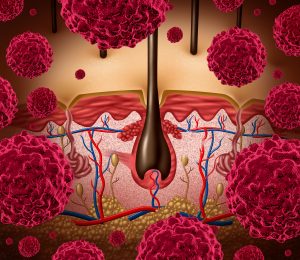 The apps recognize the problem, though, and most have put on their website that the technology is not currently a replacement for doctor’s visits. That’s because the best way to find skin cancer is through regular dermatologist check ups. There are a few risk factors that mean you should get a checkup at least once a year. These include fair skin, light eyes, freckles, family history of skin cancer, a history of tanning bed use, and unusual moles.
The apps recognize the problem, though, and most have put on their website that the technology is not currently a replacement for doctor’s visits. That’s because the best way to find skin cancer is through regular dermatologist check ups. There are a few risk factors that mean you should get a checkup at least once a year. These include fair skin, light eyes, freckles, family history of skin cancer, a history of tanning bed use, and unusual moles.

